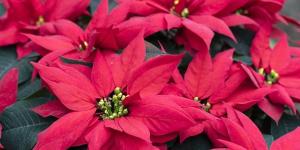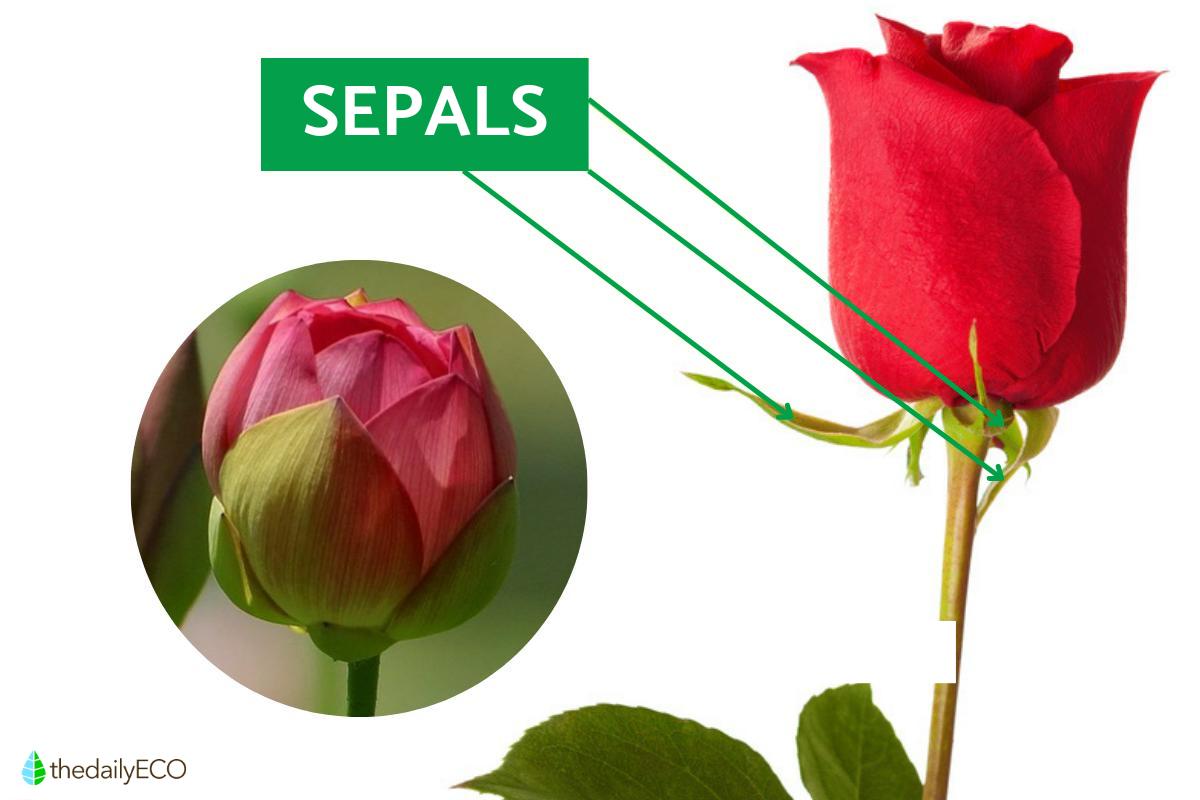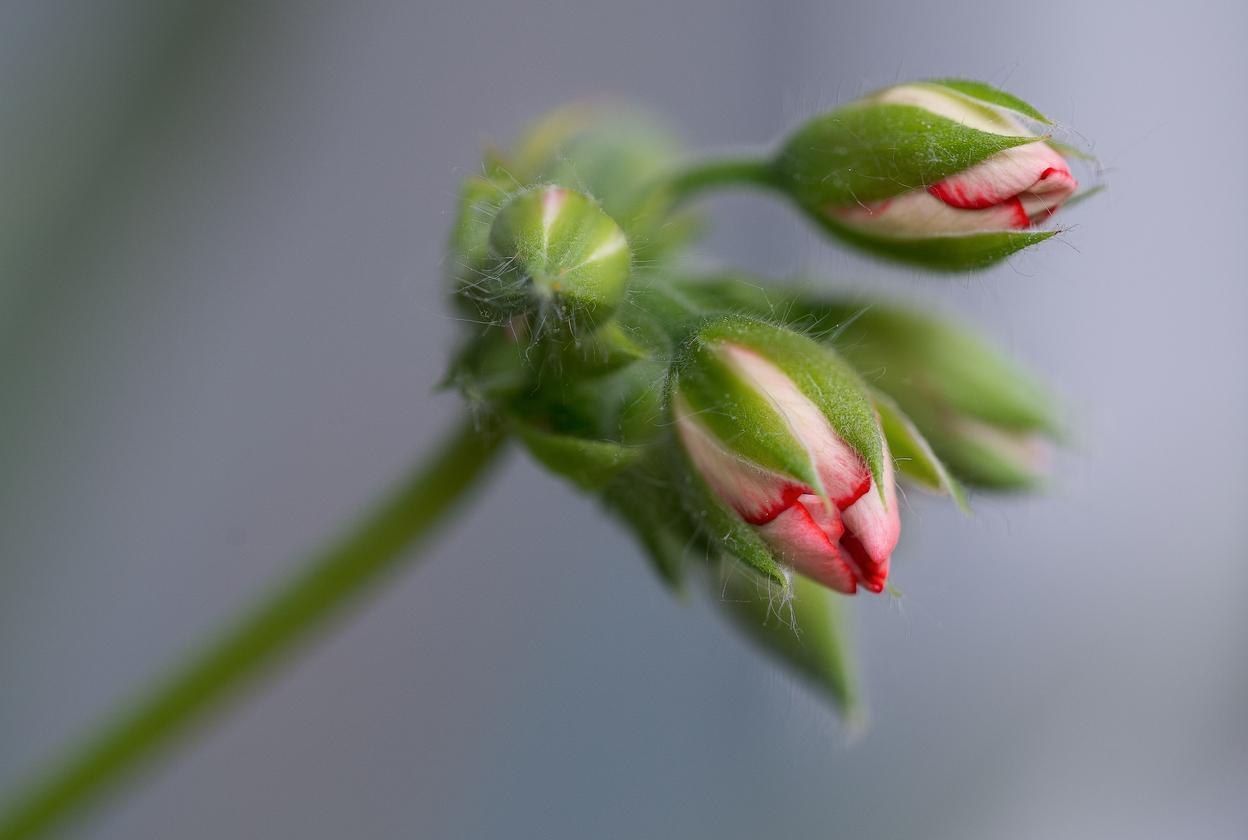What Is the Function of Sepals in a Flower?


Some parts of a flower are easier to identify than others, with the stalk and petals being two of the most obvious. Although they are related and sound similar, the sepals are less well known than petals, but they are important structures in angiosperm plants. Angiosperms are also known as flowering plants and the sepals are particularly important during development. Once the flowers have bloomed, many people might ignore the sepals, but they still help the plant to carry out its various functions.
At thedailyECO, we learn more by asking what is the function of sepals in a flower? We also look at different types of sepals to see how these functions might vary according to different plant species. You can see a diagram of the sepals below.
What are flower sepals and their characteristics
Flower sepals are plant structures that appear in angiosperm plants, commonly known as types of flowering plants. These sepals are small modified leaves with a rough texture and herbaceous appearance. They are are found between the stem and the petals, acting as the outermost envelope of the floral calyx, i.e. the collection of all the sepals on the plant.
The sepals of a flower can be found at the end of the floral calyx, acting as a point of union with the stem. Another of the most common characteristics of sepals is that they tend to be green. This helps us to differentiate them from the petals of the flower, the latter usually being brightly colored to attract different types of pollinators.
Although usually green, there are sepals which can have differing colors. In the cases of sepals which are not green, they tend to take on a similar or same color to the petals of the flower. The collective sepals in these plants are known as the petaloid calyx and occur in plants such as tulips, lilies or pomegranates.
Together with the petals, these sepals make up what is called the sterile part of the flower. This is because, although they intervene in the pollination and fertilization process, they do not do so directly.
As a final explanation of what is a sepal, we can look at the amount of sepals on a flower. Not all flowering plants share the same number of these small modified leaves. In fact, by counting the number of sepals, it can often help us to identify each different species. It is for this reason they can be very helpful to botanists and amateur gardeners alike.
Learn more about the difference between angiosperms and gymnosperms with our related article.

What is the function of sepals on flowers?
The main function of the sepals on flowers occurs during the flower formation process. In the early phases of development, the sepals protect the reproductive organs of the flower. This is a very important function because the reproductive organs of flowers can be delicate.
When the flower has developed and bloomed, the functions of sepals is less vital. They tend to have a more secondary protective function, as seen in the diagram above. In this case, they support the petals and stop pollinators from having direct access to the nectar. They do so by forcing them to pass through the stamens and stigmas. This means the pollinator can pick up the pollen which is then used to fertilize other flowers.
Since the sepals are still small leaves, in those flowers in which they maintain their green color they are capable of carrying out photosynthesis. This is because they contain chlorophyll, the pigment found in green parts of the plants such as the leaves which converts carbon dioxide into oxygen and feeds the plant. They also fulfil other functions of the leaves such as respiration and transpiration, to a lesser extent than the leaves since they are smaller in size.
Learn more about the parts of flowers with our article on what is the function of the gynoecium?

Types of sepals
We can classify flower sepals into several groups according to their characteristics:
Types of sepals according to their morphology
- Dialisepales: are those that are found to be free standing in the calyx since they are not fused together (these are seen in the photo above).
- Gamosepals: they are the sepals that make up the calyx in a united manner since they are fused to each other at the edges.
Types of sepals according to the duration of the flowers
- Ephemeral: ephemeral sepals are those that are released when the flower opens. Within this group of sepals there are also the so-called deciduous plants, which are those sepals that come off once the flower has been fertilized.
- Persistent: the so-called persistent sepals are those that remain in the calyx even after fertilization.
Other parts of flowers
In addition to the sepals, there are other well-differentiated parts of the flowers that you can easily observe if you stop to take a look. Depending on the species, the structure of the flowers can be more or less complex, with great variance between species. However, in addition to the sepals, there are certain flower parts which can be easily determined if you know what your looking for. They include the following:
- Peduncle: this is a type of small stem, also known as a stalk, whose function is to support the flower.
- Floral thalamus or receptacle: the area where the entire structure of the flower is located is called the thalamus.
- Perianth: composed of the calyx and the corolla. As stated above, the calyx is the structure which is made up of the individuals sepals and usually green in color. Similarly, the corolla is the single unit structure which is formed by the petals of the flower. The function of the calyx is to protect the flower, while the corolla is responsible for attracting the attention of pollinating agents. Learn more about the perianth of flowers.
- Carpel: this is where the sexual organs of the flower are found, specifically the stamens and the pistil. The stamens are the male organ and are responsible for producing pollen. In comparison, the pistil is where the female organs of the flower are located. Together, these plants reproductive organs are also known as the gynoecium.
Now you know about some of the most important parts of a flower, you may want to about the different parts of leaves in a plant and their functions.
If you want to read similar articles to What Is the Function of Sepals in a Flower?, we recommend you visit our Biology category.







